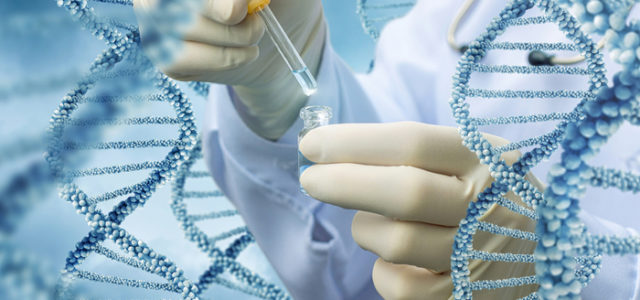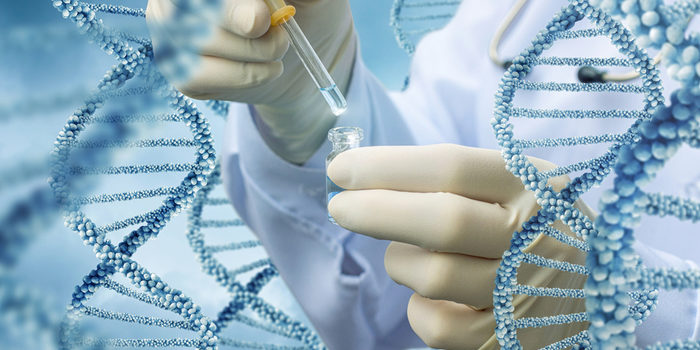


Everyone has that basic curiosity about where they come from. While some people might ask “where did I come from?” in a more existential sense, there are ways to find out where your genetics are quite literally from using modern science. Recent advantages in DNA sequencing technology have led to a dramatic increase in interest among people wanting to learn more about their genetic background.
However, a number of myths regarding DNA tests still persist. Today we’re going to go over some of the most common misconceptions regarding ancestry DNA tests. We’ll look at what the tests can and can’t do to help you decide whether it’s something you want to spend your money on.
Types of Test
There are actually three major types of tests that can determine specifics about your DNA. The one you’re likely familiar with is the autosomal DNA test, which is commonly used to determine your ethnic background and your connection to your living cousins. You get half of your autosomal DNA from your father and the other half from your mother. However, it’s worth noting that autosomal DNA can only really be traced back about six generations.
The other two major ways to trace DNA back are mtDNA tests and Y-DNA tests. These represent tests done to trace the mitochondrial DNA and the Y chromosome, respectively. As such, mtDNA tests are useful for tracing the maternal lineage of a subject, while Y-DNA tests can track their paternal line. It’s worth noting that a subject who doesn’t have a Y chromosome can not benefit from a Y-DNA test.
On Ethnicity and Origins
One of the most common arguments among anthropologists and genetic researchers centers on discussions of ethnicity and region of origin. While it’s easy enough to pinpoint certain genetic features shared among currently living humans in modern-day regions, it requires a bit of educated guesswork to say which ethnicity, or which region, certain genetic markers belong to.
Some of the issues with pinpointing exact geographic origins for genes is that humans, historically, have moved around a lot. If your ancestors were very rooted in place and resistant to influxes of foreigners, it’s likely easy to distinguish your DNA from that of most other people in the world. For an example of this, one could look at Japan’s largely isolationist worldview up until the end of the second World War.
However, if your ancestry includes lots of people who moved from region to region, even as often as once every few generations, it gets very difficult to pinpoint your exact geographic origins. While researchers do a lot of work to make sure they offer as accurate a view as possible, the truth is, most people have such a complex heritage that it’s difficult to say that their genetics are originally “from” anywhere in particular.
Extended Family
One of the common misconceptions about DNA tests also holds that they are able to help determine your distant family members, long-lost distant cousins and ancient relations. However, as we noted, autosomal DNA tests (the kind that most commercial DNA services offer) only reach back around six generations. This means that these tests are great at determining close relations, like parents, siblings and cousins, but not so great with longer stretches.
In short, DNA testing through a major DNA service is a very cool way to learn about your genetics and how they compare to currently-living humans. You’ll get a great broad picture of your genetic background, and you’ll see some researchers’ best guess as to where your genes hail from. However, DNA testing isn’t a magical way to determine that you were related to some ancient king or long-lost civilization. That doesn’t mean it isn’t fun to dream of, though!










